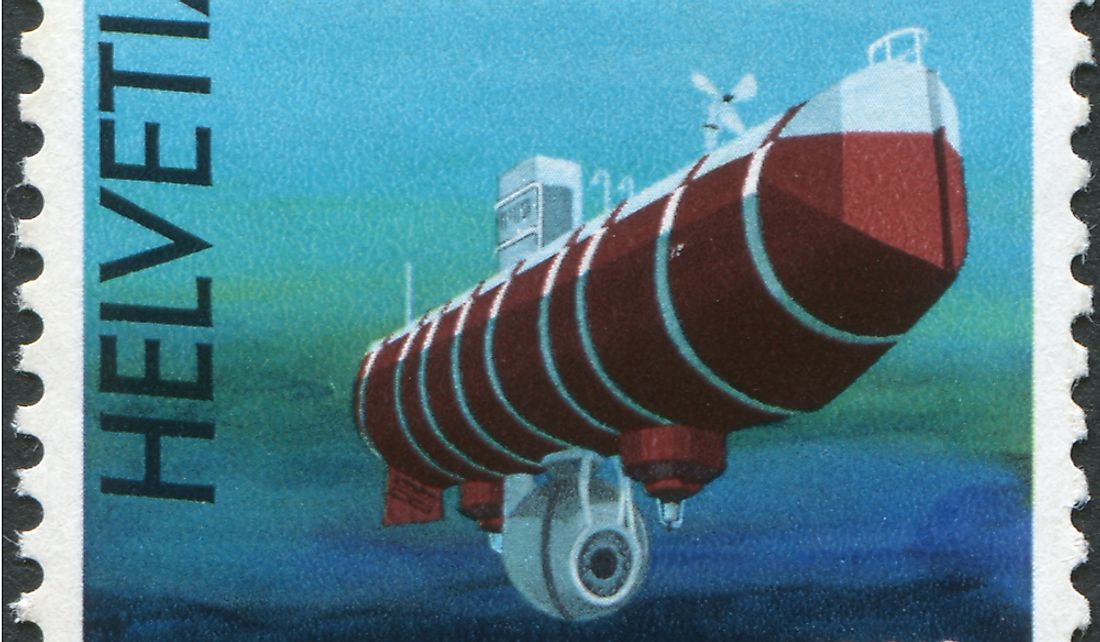Successful Descents Recorded Into The Mariana Trench

The Mariana Trench is part of a system of deep natural trenches located on the floor of the Pacific Ocean. The trenches or troughs formed on the crust of the Earth as a result of the collision of tectonic plates. The deepest point in the trench has an approximate depth of 36,070 ft below sea level and is called the Challenger Deep, which is named after the British vessel HMS Challenger that measured the trench's depth. The trench is almost completely dark and its water temperatures are near the freezing point. Additionally, its extreme depth means that the water pressure at the Challenger Deep is an astounding eight tons per square inch.
First Descent into the Mariana Trench
The first descent into the depths of the Mariana Trench occurred more than 50 years ago. The mission was conducted in 1960 by American oceanographer Don Walsh and Swiss oceanographer Jacques Piccard aboard the bathyscaphe Trieste, a self-propelled deep-sea submersible owned by the US Navy. Walsh and Piccard reached the ocean floor and remained for a period of approximately 20 minutes, but were unable to capture photographs of the trench due to clouds of silt that had been stirred up by their five-hour descent. Prior to the mission, scientists had debated whether life could exist at extreme depths. After the dive, Piccard claimed he observed multiple species of flatfish in the Mariana trench. However, this claim has been challenged and is often considered invalid. Since that time, many discoveries have been made with the help of remote-controlled submersibles.
Second Descent
The second successful attempt to reach the bottom of the Mariana Trench was made by Canadian film director James Cameron in a 24-foot submersible named Deepsea Challenger. The longtime ocean enthusiast and Hollywood film director made the first solo dive in history in 2012. Cameron observed the 35,787 feet descent through a window that was approximately 9.5 inches thick. The submersible was equipped with many cameras and sophisticated equipment that allowed Cameron to capture photos and videos of the trench, as well as collect sediment samples.
Most Recent Descent
The most recent descent into the Mariana Trench occurred in April 2019 by American explorer and private equity investor Victor Vescovo. The record-breaking decent reached a depth of 35,849 ft, which is the deepest any human has ever gone. Vescovo also made additional dives in his submarine, DSV Limiting Factor, and collected several biological and rock samples.
Pollution of the Sea Floor
In his latest dive, Vescovo discovered the presence of plastic waste, including candy wrappers and a plastic bag, at the bottom of the trench. The shocking discovery highlighted the degree to which humans have polluted ocean habitats. The historic dive also included the discovery of four new species of prawn-like crustaceans called amphipods. Other species observed during the dive included a pink snailfish at 26,246 ft and a spoon worm at 22,965 ft.







